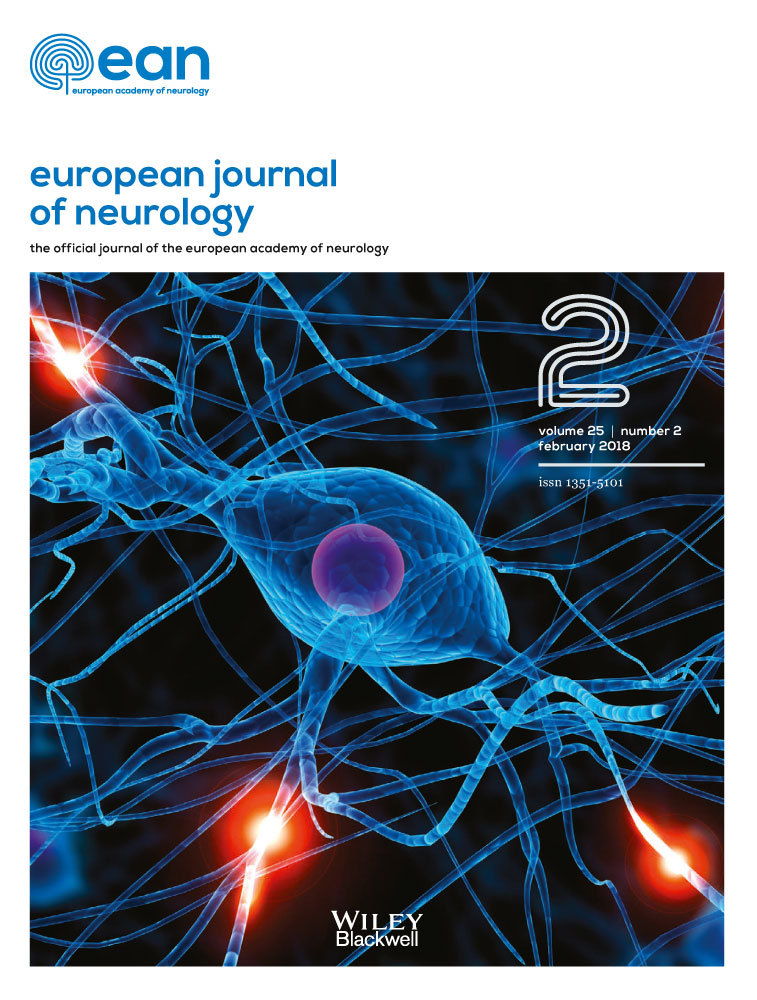A direct aspiration first pass technique for acute stroke therapy: a systematic review and meta-analysis
Abstract
Background and purpose
A direct aspiration first pass technique (ADAPT), involving the first-line use of a large-bore distal aspiration catheter, is a new strategy in the mechanical thrombectomy of acute ischemic stroke caused by large-vessel occlusion. However, its impact on reperfusion rates, clinical outcomes and complication rates has not been fully examined.
Methods
We conducted a systematic review of the literature searching multiple databases for reports on thrombectomy of acute stroke with ADAPT and performed meta-analyses of clinical and radiographic outcomes.
Results
We selected 16 articles that included a total of 1378 patients treated with ADAPT. The mean admission National Institutes of Health Stroke Scale score was 17 and pre-treatment intravenous thrombolysis was used in 51% of cases. The successful recanalization (thrombolysis in cerebral ischemia 2b-3) rate was 66% [95% confidence interval (CI), 59–72%] with ADAPT and a rescue stent retriever was used in 31% of cases (95% CI, 24–37%) yielding an overall thrombolysis in cerebral ischemia 2b-3 rate of 89% (95% CI, 85–92%). We found a pooled estimate of 50% (95% CI, 45–54%) for functional independence (modified Rankin Scale score 0–2) at 90 days, 15% (95% CI, 10–21%) for mortality within 90 days and 5% (95% CI, 3–7%) for symptomatic intracranial hemorrhage.
Conclusions
ADAPT therapy is associated with similar reperfusion rates, clinical outcomes and complication rates compared with thrombectomy with stent retrievers. However, the major limitations of current evidence (i.e. retrospective studies and selection bias) indicate a need for adequately powered, multicenter randomized controlled trials to determine the best strategy.




